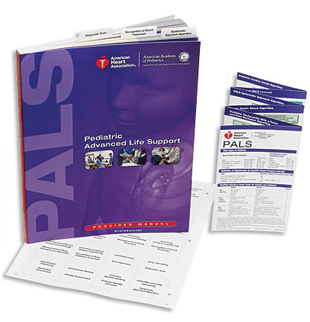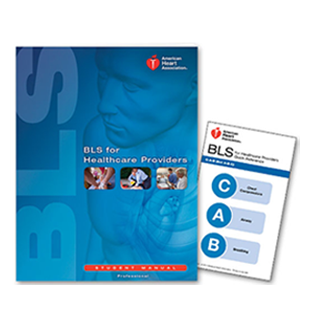Arterial Line
Arterial Lines provide continuous blood pressure monitoring in the critically ill patients. We will review how to care for them, the dangers associated with the Art. Line, troubleshooting the waveform, and how to set up the equipment needed. In most facilities, Respiratory Therapists or Intensive Care Specialists will perform the procedure. Critical Care Nurses have had their ACLS certification and can provide life saving measures should it be indicated for the patient.
The Allen Test:
Whomever is getting ready to perform the stick for the catheter to the radial artery should always perform the Allen’s test. This is done to verify adequate circulation to the hand in the event of a radial artery thrombosis. When compressing the radial artery and ulnar artery to obstruct blood flow for a minute or two. Then release the compression and then notice rapid return of color to the hand and check for good return of color to the hand for good collateral blood supply. This should always be documented. All health care professionals that work in the ICU are required to have ACLS certification in order to provide prompt treatment in the event that the patient should need intervention.
Complications that may occur:
The most serious complication that can occur is rapid and massive extreme blood loss. The connections of tubing can become loose. If you ever notice that your waveform is flat, or the pressure reading is extremely low, this needs to be checked STAT. A patient can die from the massive blood loss from the connectors coming loose from the arterial catheter. ICU nurses assist the physician or respiratory therapist and are very well trained for any circumstances that may arise with a critically ill patient, as they have completed an ACLS certification course. The patient’s arm should have an arm board on the hand that has the arterial catheter to prevent nerve damage if the wrist is bent and placing pressure on the radial nerve from the catheter. Phlebitis and Infection may occur also.
Setting Up the Equipment for Arterial Lines:
Follow hospital policies and procedures in your facility. Some facilities have the kits that have everything needed for the procedure. Some places use Heparin 500ml bag with a pressure bag at 300mmHg, ICU monitor, cables and modules are also used and it allows the monitor to display your arterial line section on the screen,. Sterile technique is utilized. Transducer kit is needed also. It is important to have the equipment calibrated and flush the transducer system, and have the transducer level with the patient, using a leveler and the patient should be flat and leveled with the transducer to ensure correct readings of the waveform.
Always perform a square wave test, and save a strip of the square wave test and the arterial line waveform.
If the waveform of the arterial line does not give a waveform as below:
This is how the waveform should look, notice the diacritic notch. If you notice that your patient’s arterial waveform appears as below:
- Normal
- Over-damped
- Under-damped
Always check to make sure your tubing is not kinked, check to ensure that the stopcock is not turned off to the patient, flush the line and it may be necessary to replace the entire set up.
If a line does not flush, do not force the flush because a patient could have a thrombosis and dislodging it can be fatal. Always inform the physician with any concerns you may have about the arterial line. Change dressing and chart date and time.
When removing the arterial line, hold pressure on the site for approximately 10 minutes and apply a pressure dressing to the site. Always ensure that the patient does not have any numbness or tingling in the area. Do not apply blood pressure cuffs to that arm, and Do NOT infuse any IV fluids via the Arterial line. Only the IV fluid used for the set up to keep it patent.






